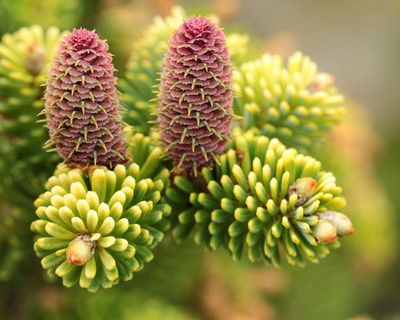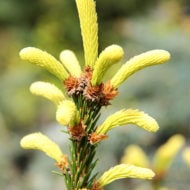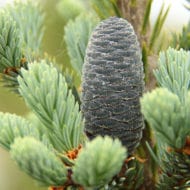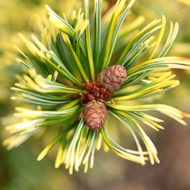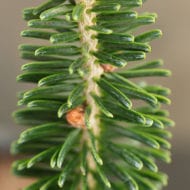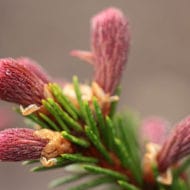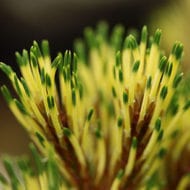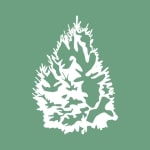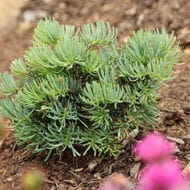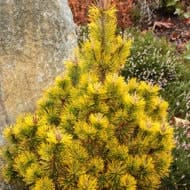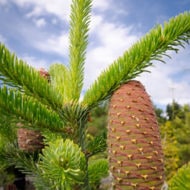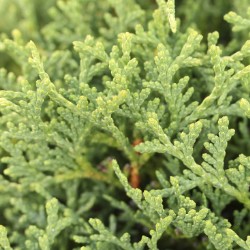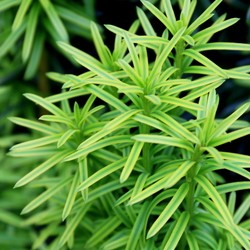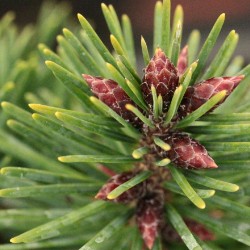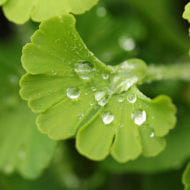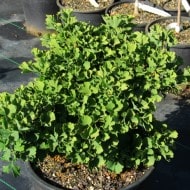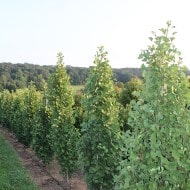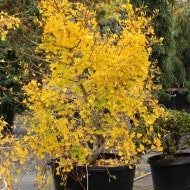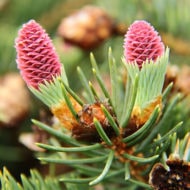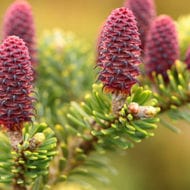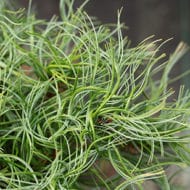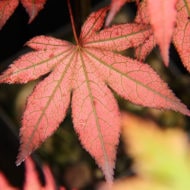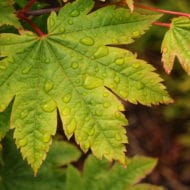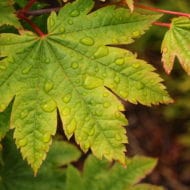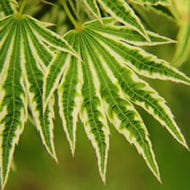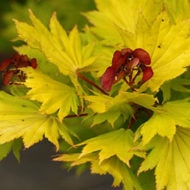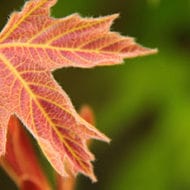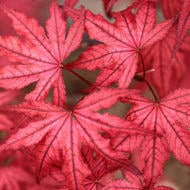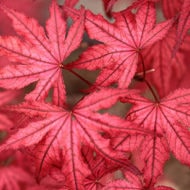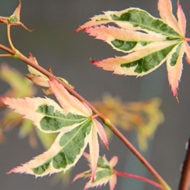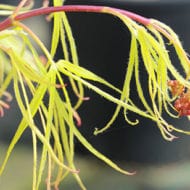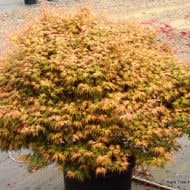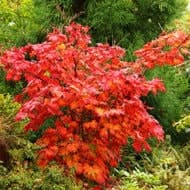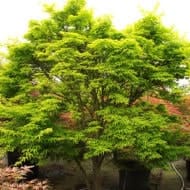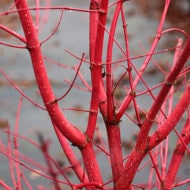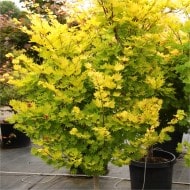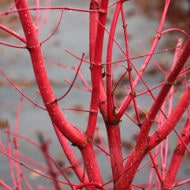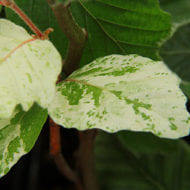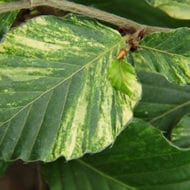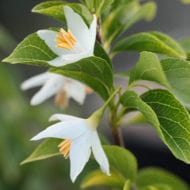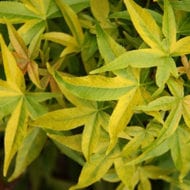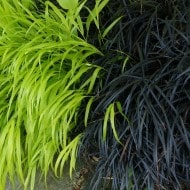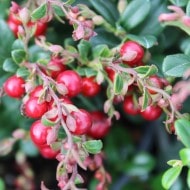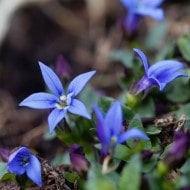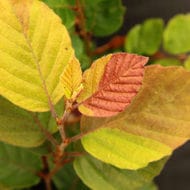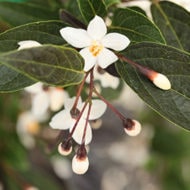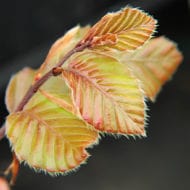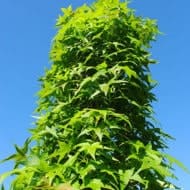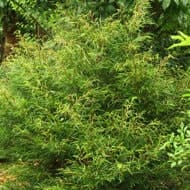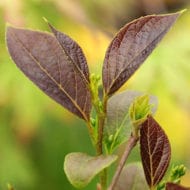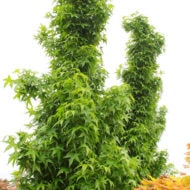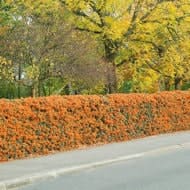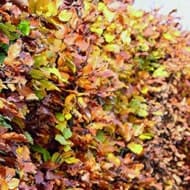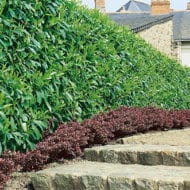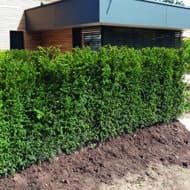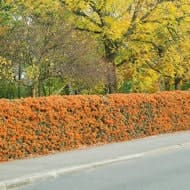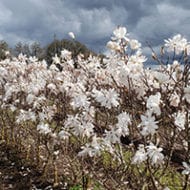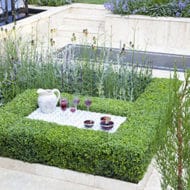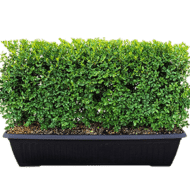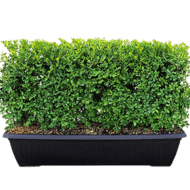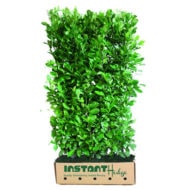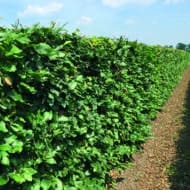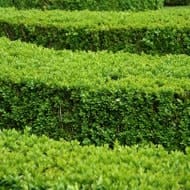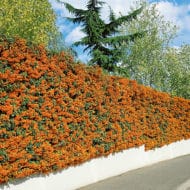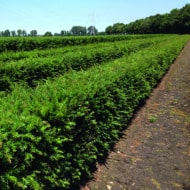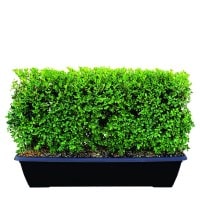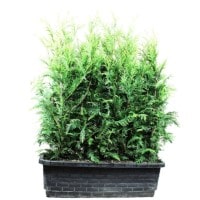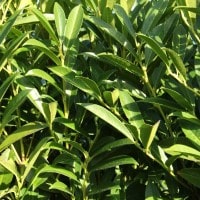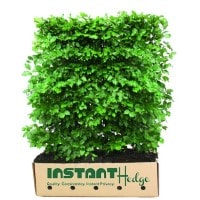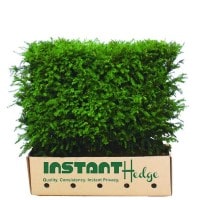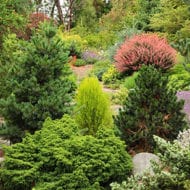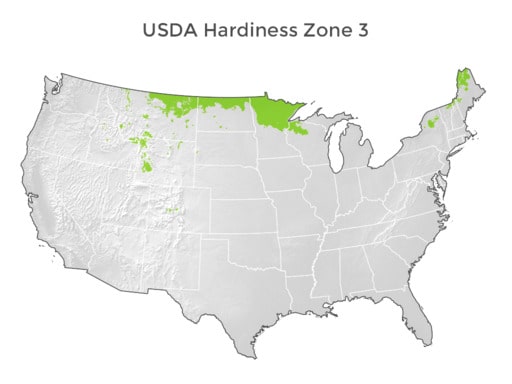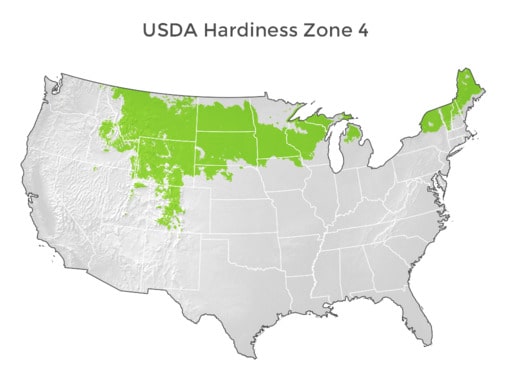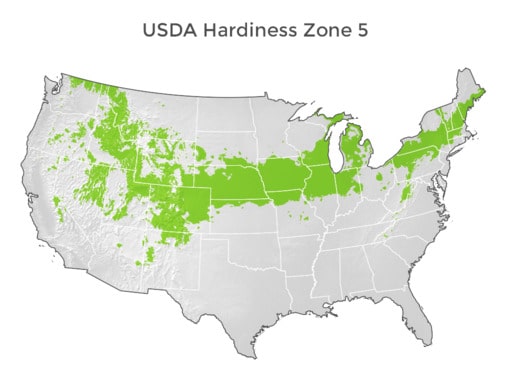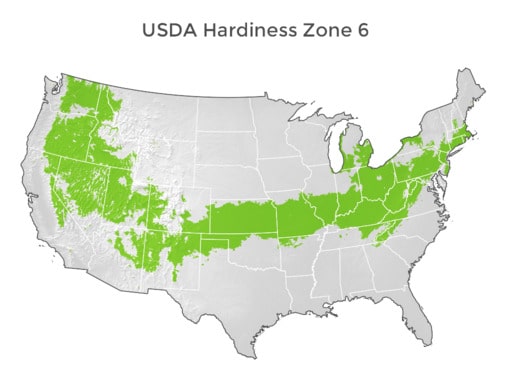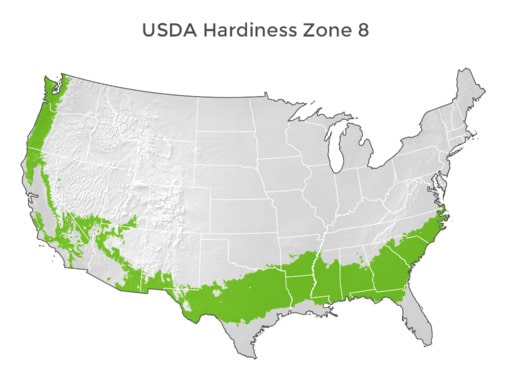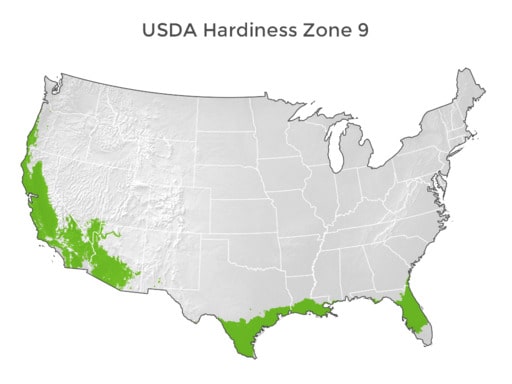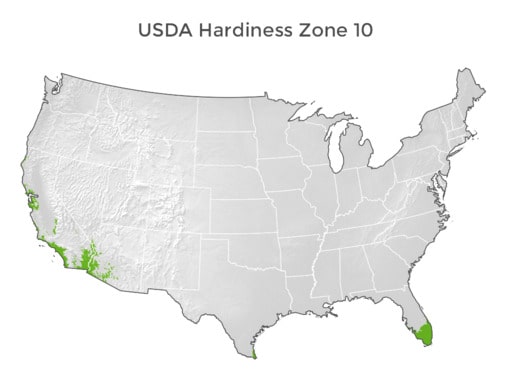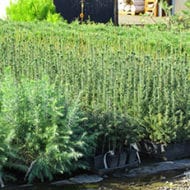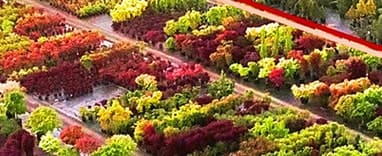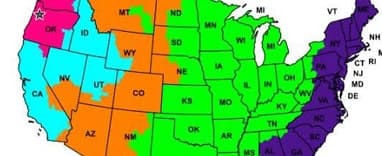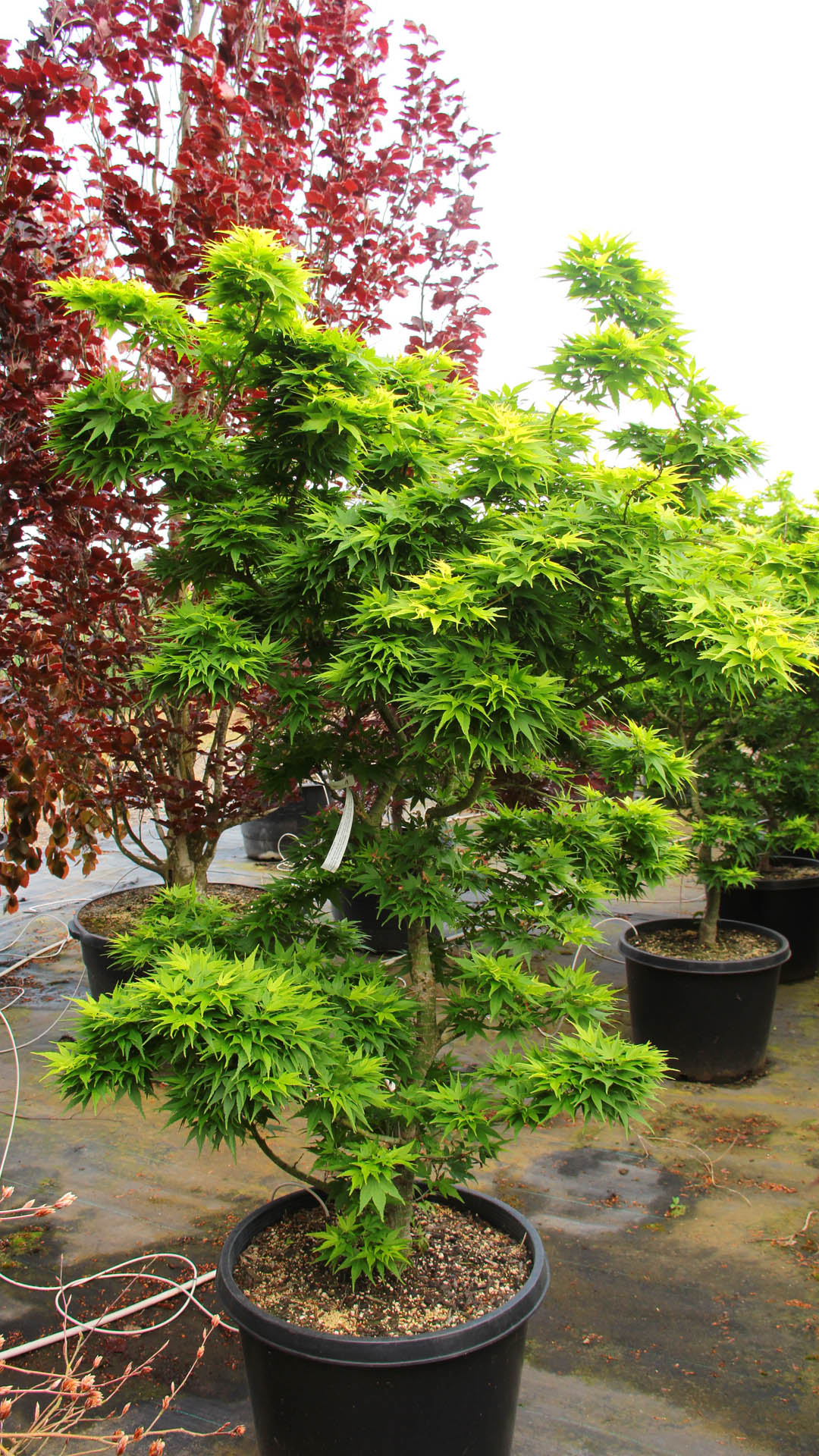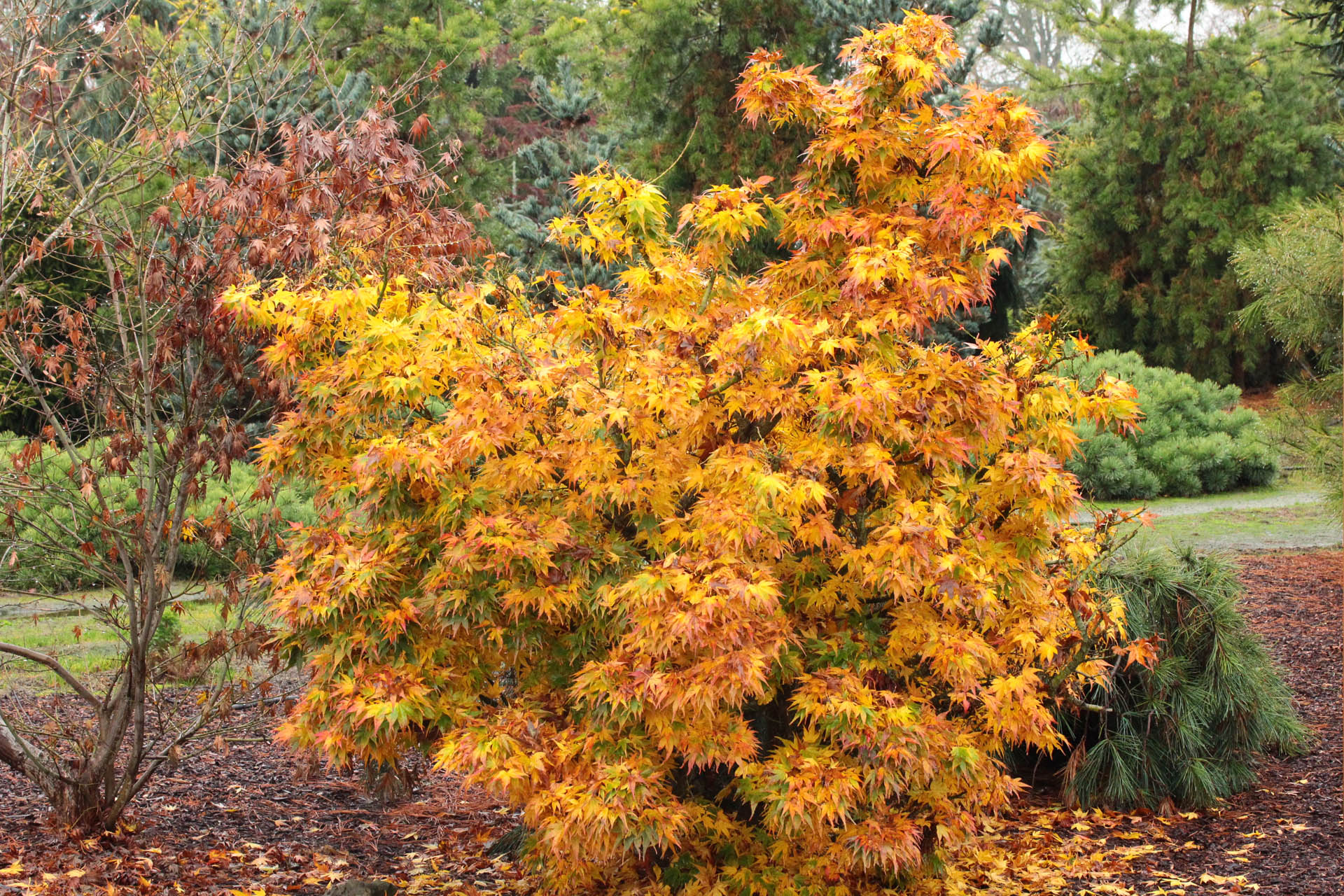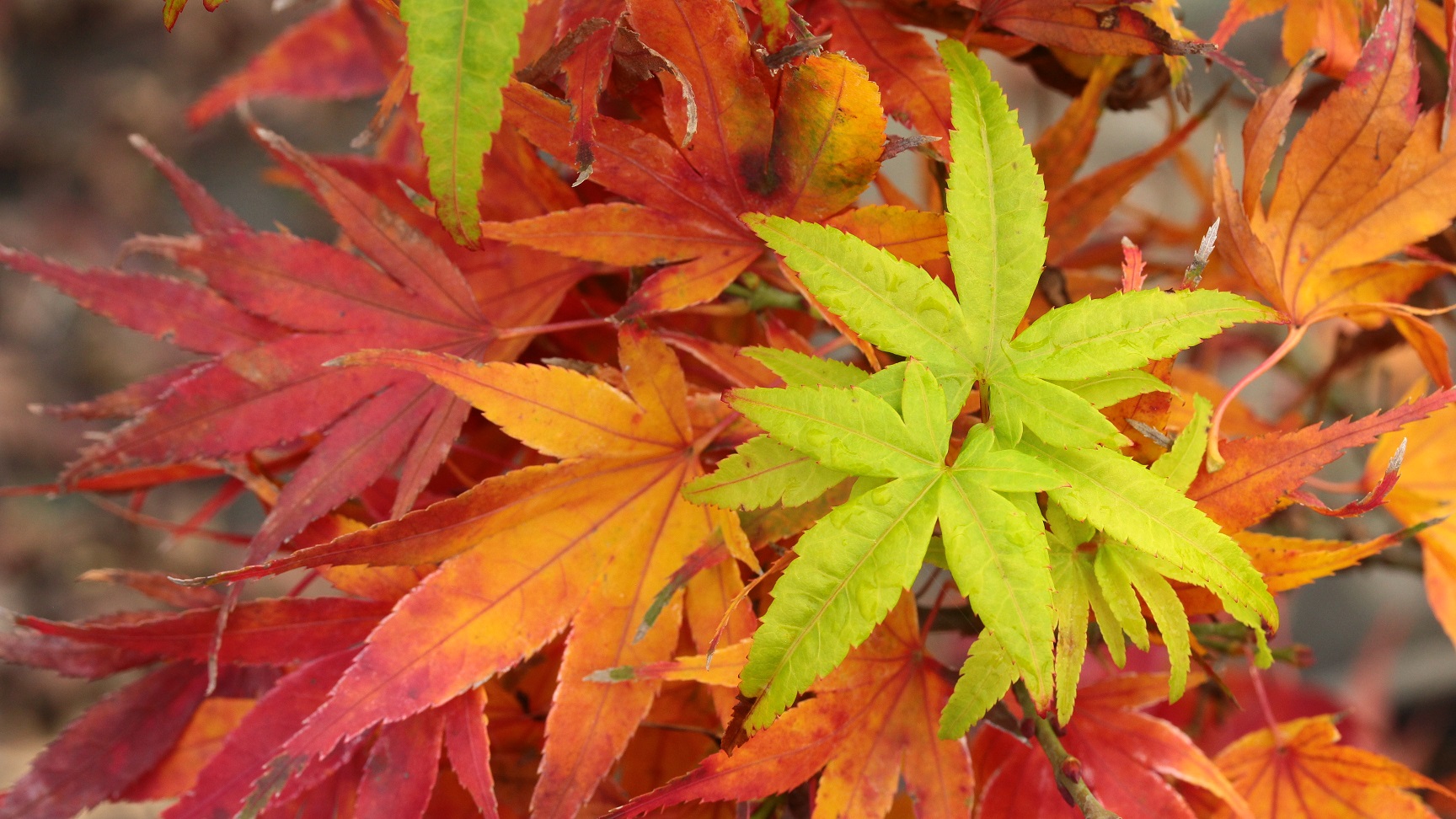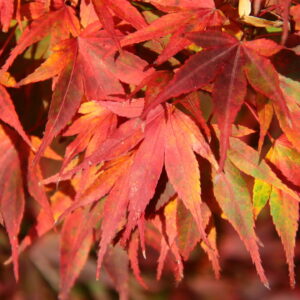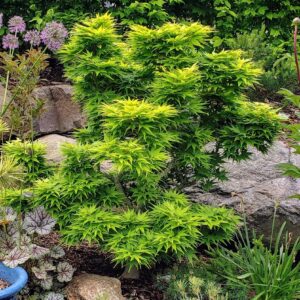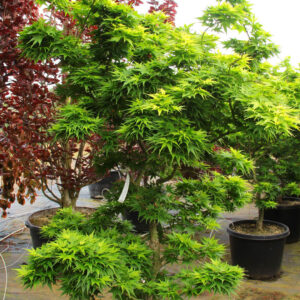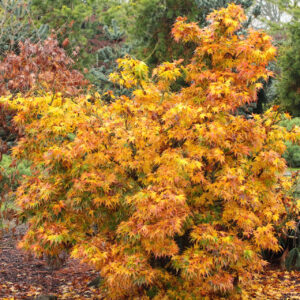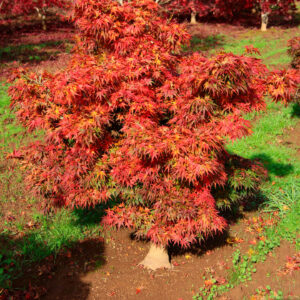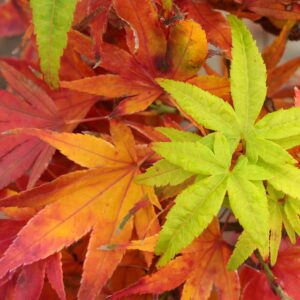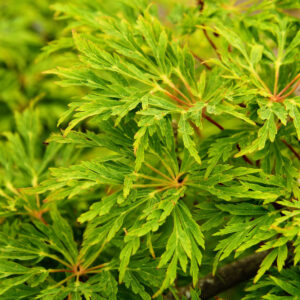Acer palmatum ‘Mikawa yatsubusa’ Japanese Maple
Description
Commonly referred to as Mikawa, this truly unique dwarf Japanese maple is an excellent choice for small landscapes. This cultivar is one of our favorites, producing layers of small leaves that overlap each other because of close leaf spacing and short petioles. The effect is striking: a rather dense yet sculptural plant with a diverse assortment of leaf size and color. New growth seems to include the whole color spectrum between yellow and green, with older growth turning dark green. In fall, a different color palette takes over, spanning the range between yellow and scarlet. For optimal Mikawa Yatsubusa care, plant this Japanese Maple in a location with morning sun and partial shade throughout the day. It thrives in acidic or neutral soil, and regular watering is recommended, especially during the first few years of growth. Don’t forget to check out the wide selection of other Acer palmatum species.
USDA Hardiness Map
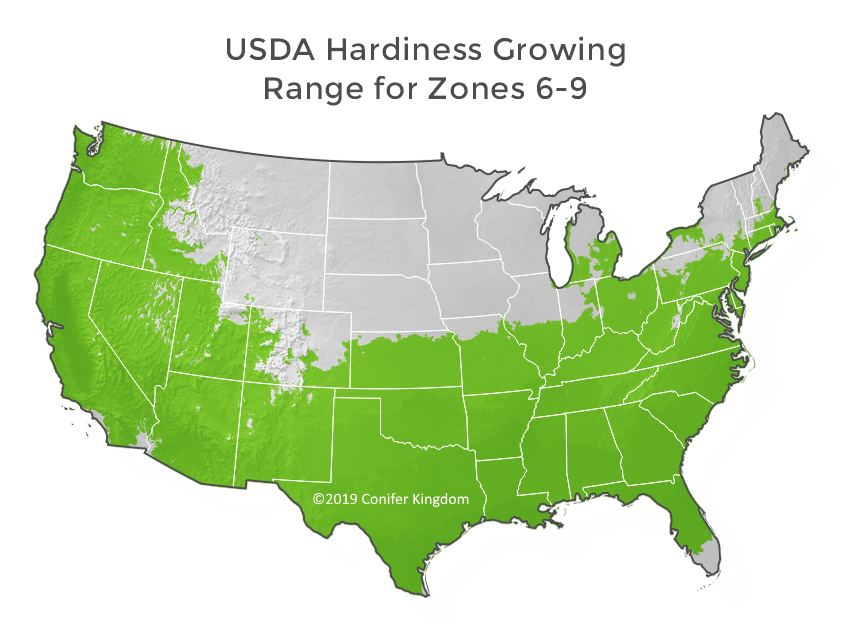
Plant Form
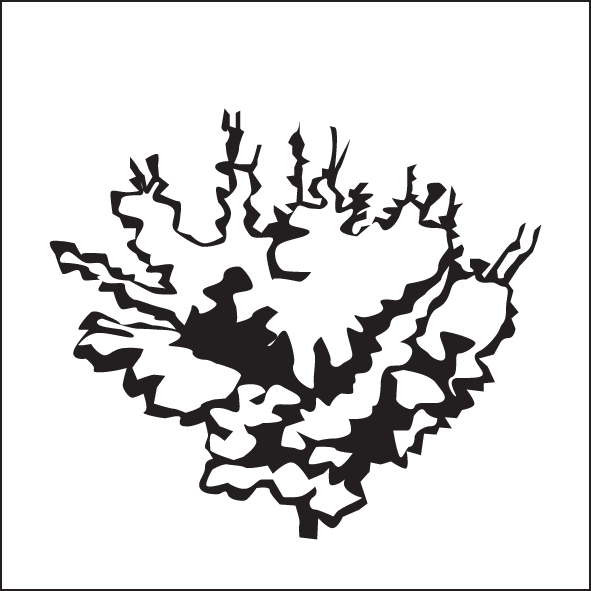
Japanese maples are native to Japan, Korea, Mongolia, and parts of Russia. Mikawa Yatsubusa was found in the 1970s, growing wild in the Tōkai region of Japan. It was named Mikawa after an older name for that part of the province, and Yatsubusa, meaning “a small cluster of three rivers,” because of its layered appearance. It was first grown in the United States by J. D. Vertrees, a Japanese maple expert and nurseryman in Oregon who wrote extensively about the different types of Japanese maples.
This little deciduous tree displays unique characteristics that distinguish it from other maples. It is rare because it is difficult to propagate in quantity. Only a small percentage of germinated seedlings resemble the dwarf parent plant, but the rest vary, often growing to full size.
It is multi-stemmed with a growth habit of layer upon layer of dense, overlapping leaf clusters on extremely short internodes that give it an exotic, shingled look. The 3″ to 6″ long, palmate leaves on red petioles are finely toothed with graceful, narrow-fingered lobes. They put on a colorful show through the seasons, emerging chartreuse in the spring, darkening to deep green in summer, and igniting in the fall with golden orange, orangy red, and fiery red hues. In spring, tiny red flowers adorn the tree, developing into red winged seeds or samaras, adding a pop of color against the light green foliage.
In addition to its other attributes, Mikawa Yatsubusa Japanese maple is very slow-growing, at an average rate of 4″ to 6″ per year, achieving a height of 5′-6′ high and 3′-4′ wide in 10 years. Because of its size, Mikawa is an excellent choice for containers or a specimen tree for small spaces, such as along front entryways, in rock gardens, fairy gardens, or Asian-themed gardens.
It is also highly prized as a natural bonsai tree. Its small size, tight growth habit, and dwarf, congested foliage make it appear pruned or trained, even though the growth and branch spacing are natural.
Mikawa Yatsubusa is an easy-to-care-for tree without any significant pests or diseases. It is heat-tolerant and hardy in USDA zones 5-9 and needs moist, acidic, well-draining soil. It can grow well in full sun in the cooler temperatures of zones 5 and 6 but will do better in dappled shade in the warmer zones 7, 8, and 9, where it could be in danger of leaf burn in the hot summer sun.
Companion plants for Mikawa should complement the graceful shape of the tree and must have similar cultural requirements. Rhododendrons, azaleas, mountain laurels, hollies, hemlock, and junipers are good backdrop choices to highlight the tree. Shade-loving perennials, such as coral bells, hostas, and ferns, will do well planted under and around the base. It can even grow under a larger tree since it has shallow roots and will thrive in partial shade.
Japanese maples are generally wind-pollinated but can also be pollinated by insects. Mikawa attracts moths and provides cover for songbirds. In a world with hundreds of cultivars, Mikawa Yatsubusa always has a place in the garden because of how unique and special it is.
Additional information
| Weight | N/A |
|---|---|
| Latin Name | Acer palmatum 'Mikawa yatsubusa' |
| Common Name | Mikawa yatsubusa Japanese Maple |
| Annual Growth | 4-8" |
| HxW@10 Years | 5'x4' |
| Growth Rate | Dwarf |
| Color | Green |
| Leaf Type | Broadleaf |
| Sun Exposure | Sun/Part Shade |
| Hardiness Zone | Zones 5-9 |
| Growth Rate | |
| Form | |
| Color | |
| Your auto-detected zip code |  |
| hardiness zone based on zip code |  |
| You can also try another zip code |


